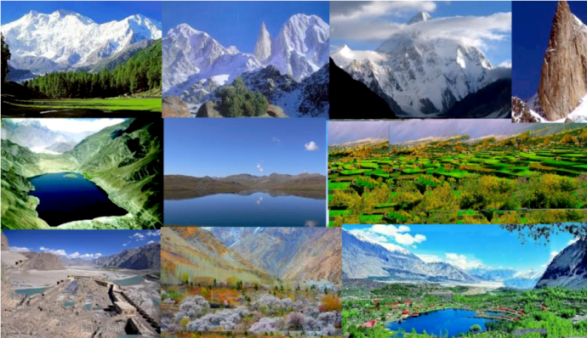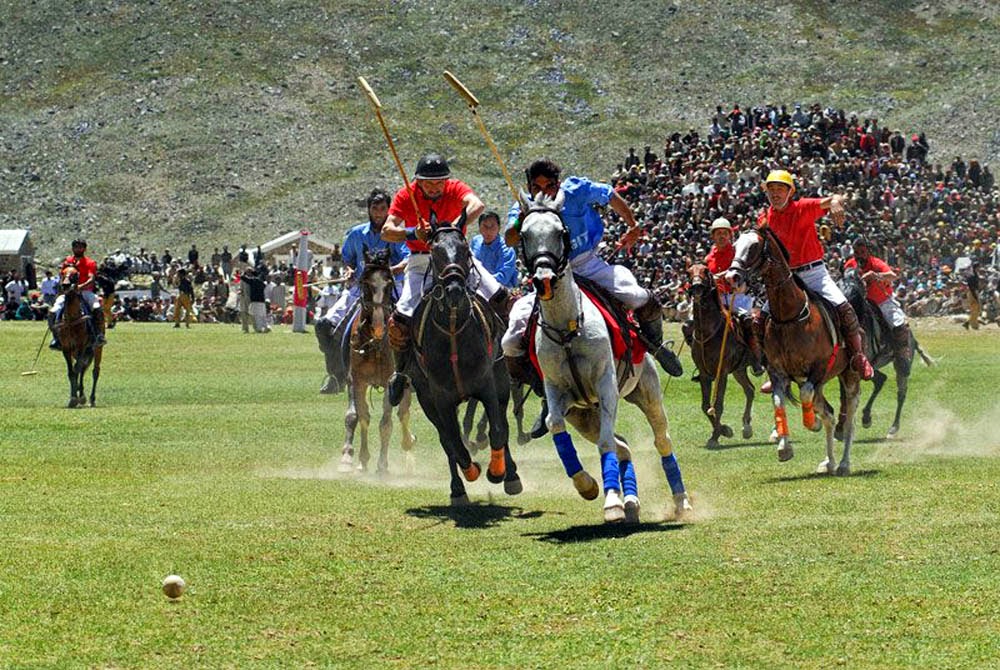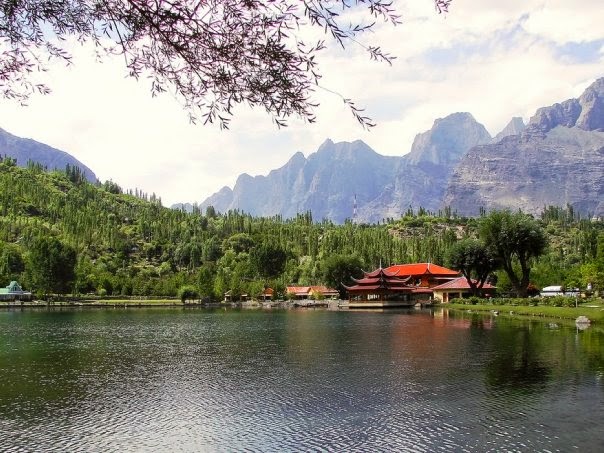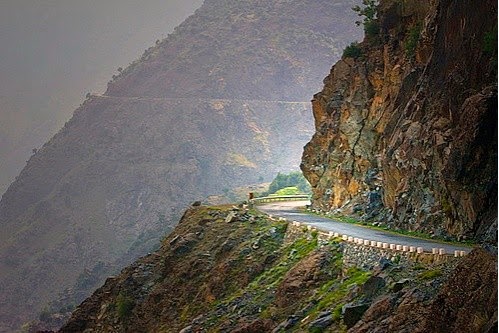This is featured post 1 title
Replace these every slider sentences with your featured post descriptions.Go to Blogger edit html and find these sentences.Now replace these with your own descriptions.This theme is Bloggerized by Lasantha - Premiumbloggertemplates.com.

This is featured post 2 title
Replace these every slider sentences with your featured post descriptions.Go to Blogger edit html and find these sentences.Now replace these with your own descriptions.This theme is Bloggerized by Lasantha - Premiumbloggertemplates.com.

This is featured post 3 title
Replace these every slider sentences with your featured post descriptions.Go to Blogger edit html and find these sentences.Now replace these with your own descriptions.This theme is Bloggerized by Lasantha - Premiumbloggertemplates.com.

Thursday, May 15, 2014
 11:18 AM
11:18 AM
 Unknown
Unknown
Monday, May 12, 2014
 11:50 PM
11:50 PM
 Unknown
Unknown
Sunday, May 11, 2014
 12:02 PM
12:02 PM
 Unknown
Unknown
Saturday, May 10, 2014
 1:20 PM
1:20 PM
 Unknown
Unknown
Polo is the favorite game of the people of Gilgit, Ghizar Skardu, Ghanche, Chilas, Astore, Hunza, Nagar, and the surrounding areas.[citation needed] Every year, many tourists visit to enjoy polo in Gilgit–Baltistan. "Polo" is a Persian word which means "ball."
Other games such as Football Volleyball cricket, tuksori of Nagar, gulli danda, kabbadi, and are also played.
Friday, May 9, 2014
 11:54 AM
11:54 AM
 Unknown
Unknown
See also: Education in Gilgit–Baltistan
The economy of the region is primarily based on a traditional route of trade through the historic "Silk Road." The China Trade Organization was the leading economic forum through which most of barter trade activity made a phenomenal change in the general economic outlook of the area, which, being the remotest region under Pakistani control, was neglected for over a quarter of a century. That forum led the people of the area to actively invest and learn modern trade know-how from its Chinese neighbor Xinjiang. The participation of all ethnic groups and the active force behind this activity, the legendary economist of the area Ashraf Khan, brought a great change in the region. Later, the establishment of a chamber of commerce and the Sost dry port(in Gojal Hunza) are milestones. The rest of the economy is shouldered by mainly agriculture and tourism. Agricultural products are wheat, corn (maize), barley, and fruits. Tourism is mostly in trekking and mountaineering, and this industry is growing in importance.
In early September 2009, Pakistan signed an agreement with the People's Republic of China for a major energy project in Gilgit–Baltistan which includes the construction of a 7,000-megawatt dam at Bunji in the Astore District. Exiled activists of the region, Mumtaz Khan and Senge Hasnan Sering have since asked India to take a more proactive stance and save the region from exploitation.
Thursday, May 8, 2014
 11:10 AM
11:10 AM
 Unknown
Unknown
Gilgit–Baltistan borders Pakistan's Khyber Pakhtunkhwa Province to the west, a small portion of the Wakhan corridor of Afghanistan to the north, China's Xinjiang Uygur Autonomous Region to the northeast, the Indian-administered Jammu and Kashmir to the southeast, and the Pakistani-administered state of Azad Jammu and Kashmir to the south.
Gilgit–baltistan is home to five of the "eight-thousandths" and to more than fifty crests over 7,000 meters. Gilgit and Skardu are the two principle centers for campaigns to those mountains. The area is home to a percentage of the world's most elevated mountain ranges. The primary extents are the Karakoram and the western Himalayas. The Pamir mountains are to the north, and the Hindu Kush misleads the west.[29] Amongst the most astounding mountains are K2 (Mount Godwin-Austen) and Nanga Parbat, the last being a standout amongst the most dreaded mountains on the planet.
Three of the world's longest ice sheets outside the polar areas are found in Gilgit–baltistan: the Biafo Glacier, the Baltoro Glacier, and the Batura Glacier. There are, also, a few high-elevation lakes in Gilgit–baltistan.
Sheosar Lake in the Deosai Plains, Astore
Satpara Tso Lake in Skardu, Baltistan
Katzura Tso Lake in Skardu, Baltistan
Zharba Tso Lake in Shigar, Baltistan
Phoroq Tso Lake in Skardu, Baltistan
Lake Kharfak in Gangche, Baltistan
Byarsa Tso Lake in Gultari, Astore
Borith Lake in Gojal, upper Hunza, Gilgit
Lake of kromber lake in Ghizar Ishkomen
Lake of Phander in Ghizar Gupis
Lake of khalti in Ghizar Gupis
Rama Lake close Astore
Surge Lake close Nagar, Gilgit
Kromber Lake at Kromber Pass Ishkoman Valley, Ghizer District
Barodaroksh lake in Bar Valley, Nagar
Ghorashi lake in Ghandus Valley, Kharmang
The Deosai Plains, are spotted over the tree line and constitute the second-most astounding level on the planet at 4,115 meters (14,500 feet)after Tibet. The level lies east of Astore, south of Skardu and west of Ladakh. The region was proclaimed as a national stop in 1993. The Deosai Plains blanket a territory of just about 5,000 square kilometers. For over a large portion of the year (between September and May), Deosai is snow-bound and cut off from rest of Astore and Baltistan in winters. The town of Deosai lies near Chilum chokki and is associated with the Kargil locale of Ladakh through an all-climate way.
There are more than 50,000 bits of rock craft (petroglyphs) and engravings up and down the Karakoram Highway in Gilgit–baltistan, aggregated at ten significant destinations between Hunza and Shatial. The carvings were left by different intruders, dealers, and pioneers who passed along the exchange course, and also by locals. The soonest go once again to between 5000 and 1000 BCE, demonstrating single creatures
triangular men and chasing scenes in which the creatures are bigger than the seekers. These carvings were pecked into the rock with stone devices and are secured with a thick patina that demonstrates their age. The ethnologist Karl Jettmar has sorted out the historical backdrop of the range from different engravings and recorded his discoveries in Rock Carvings and Inscriptions in the Northern Areas of Pakistan and the later discharged Between Gandhara and the Silk Roads – Rock Carvings Along the Karakoram Highway.[31] Many of these carvings and engravings will be immersed and/or annihilated when the arranged Basha-Diamir dam is fabricated and the Karakoram Highway.
Climate
Wednesday, May 7, 2014
 12:58 PM
12:58 PM
 Unknown
Unknown
Administrative Divisions
Gilgit–baltistan is officially partitioned into two divisions which, thusly, are separated into nine districts,[27] comprising of the four Baltistandistricts of Skardu, Shigar, Kharmang, and Ghanche, and the five districts of Gilgit, Ghizer, Diamer, Astore, and Hunza-Nagar. The foremost regulatory focuses are the towns of Gilgit and Skard
Division
|
District
|
Area (km²)
|
Capital
|
Divisional Capital
|
Baltistan
|
9,400
|
Skardu
|
||
8,000
|
||||
8,500
|
||||
5,500
|
||||
Gilgit
|
16,300
|
Gilgit
|
||
10,936
|
||||
9,635
|
||||
8,657
|
||||
20,057
|
||||
Total
|
72,496
|
Gilgit
|









.jpg)











